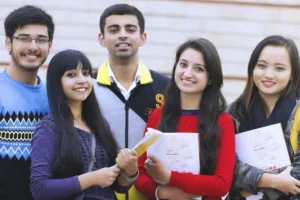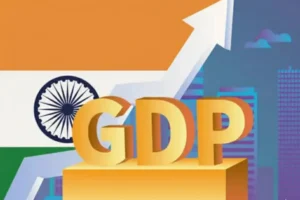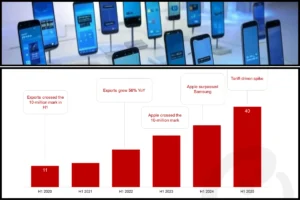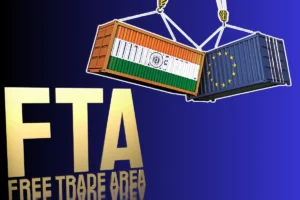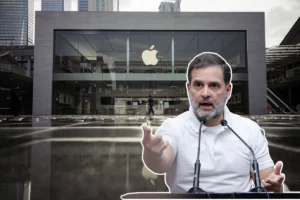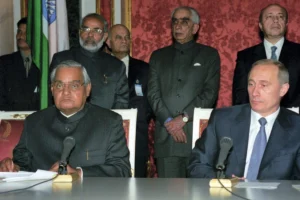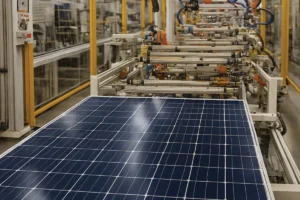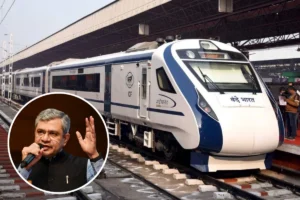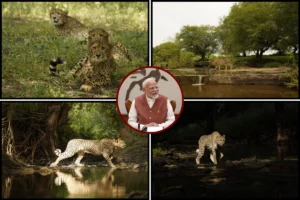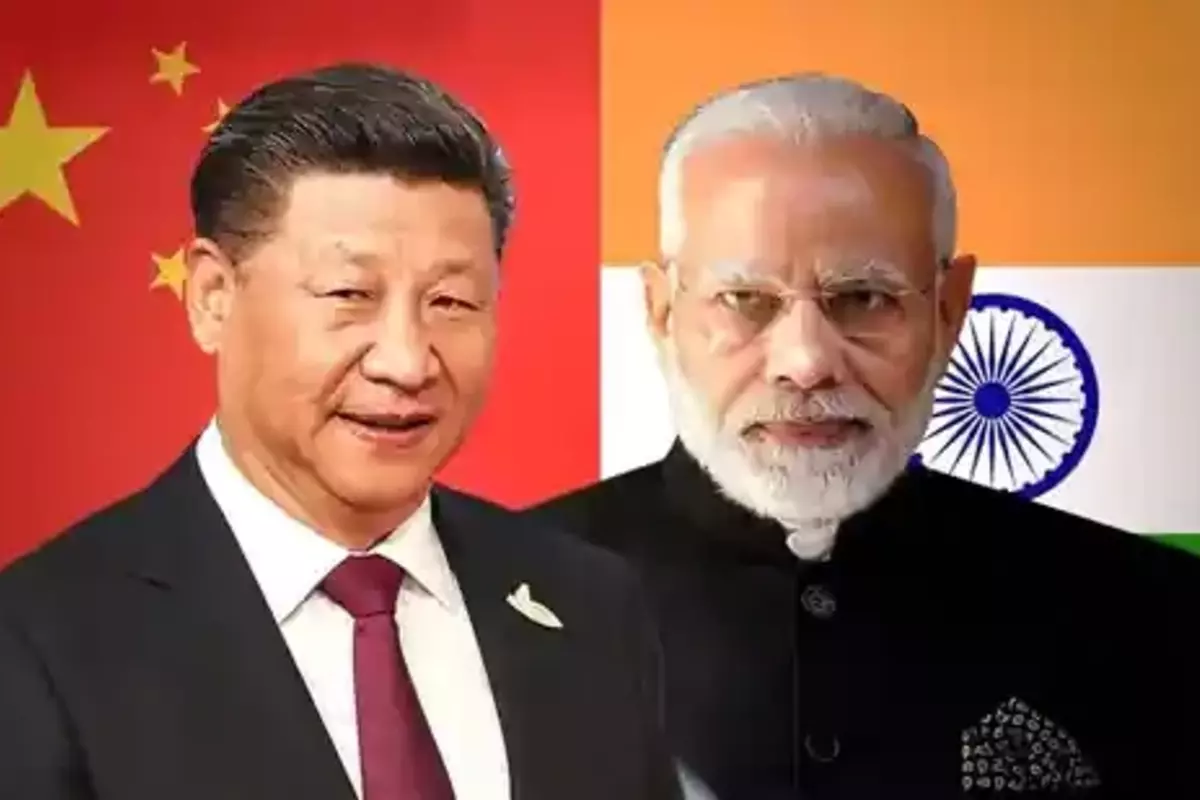
Beijing intends to teach India a lesson for refusing normalisation of relations until boundary disputes are resolved by issuing the so-called standard map of China.
On the eve of India hosting the G20 meeting in New Delhi, China produced a so-called “standard map” that included Arunachal Pradesh in the Middle Kingdom, portions of eastern Ladakh according to the rejected 1959 line, Taiwan, and the South China Sea.
Arunachal Pradesh is a part of India, and parts of Aksai Chin were occupied by Mao’s China in the 1950s, even before the disastrous 1962 war. The Modi government immediately refuted and rejected this cartographic expansion by Beijing that had been duly amplified by Chinese propaganda through social media. In 1954, China was building a roadway across Aksai Chin that connected occupied Tibet with occupied Sinkiang (now Xinjiang), while India was signing the Panchsheel Agreement. At the time, the then-governing body was largely unaware of these facts.
The timing of China’s publishing of the map raises severe concerns about whether President Xi Jinping intends to attend the G20 summit in the capital of India or if he has other plans. According to what we’ve been told, China publishes the standard map every year, but this is the first time India has seriously protested Beijing’s territorial claims.
Also read: Think Tank Explains: India Is Countering China’s Influence In South Asia! Read To Know How
Why would Beijing publish the supposedly standard map and have it spread by its propaganda media on social media platforms is the bigger question. The solution can be found at the just finished BRICS conference in Johannesburg, where Prime Minister Narendra Modi briefly spoke with President Xi Jinping in the summit’s leaders’ lounge. It is believed that China wants to meet with India privately outside of the summit in order to push for normalisation of relations without making any concessions regarding the unresolved issues of the Depsang Bulge and Demchok in Eastern Ladakh. The formal meeting between the two leaders could not take place due to PM Modi’s schedule constraints; instead, there was only time for a quick exchange.. Even during the brief interaction, PM Modi raised his concerns over the border issue, clearly indicating that the road to normalization of ties goes through disengagement and de-escalation on the East Ladakh border and resolution of the remaining two friction points.
It is clear that Prime Minister Modi’s clear reaction that normal relations can only return if the PLA withdraws its forces from occupied Aksai Chin and that Indian Army patrolling privileges are restored in the Depsang Bulge and at CNN junction in Demchok has angered President Xi Jinping. It’s not hard to assume that China released the ostensible standard map to humiliate India. Another issue is that the Modi administration has outright rejected Chinese territorial claims.
China has made it very apparent that it views India as an enemy and will exert coercive pressure on that country as a result of its tight links to the US and the Quad powers by purposefully releasing the so-called standard map on the day of the G20. In order to exert pressure on India’s western borders, China will continue to maintain a military presence along the 3488 km LAC and arm its ally Pakistan. By May 2020 transgressions in East Ladakh, the PLA has thrown both the bilateral peace and tranquilly agreements from 1993 and 1996 into the trash, so India needs to be ready for the worst with China. Modi’s India has bigger ambitions than being Communist China’s sidekick by becoming a regional power.
India will respond to Chinese cartographical expansion in time.
To read more such news, download Bharat Express news apps








